Judo Training: Complete Guide to Techniques, Exercises and Training Cards
Judo is a Japanese martial art that has conquered the world thanks to its unique combination of physical strength and mental discipline. Born in the late 19th century, judo is not only a method of self-defense, but also a path to improving one's physical and mental condition. Learn more about the history and philosophy of judo. Training in judo requires dedication and a structured approach to achieve optimal results. In this article, we will explore the most effective techniques, exercises, and training programs for judoka of all levels.
Content index
Basic and Advanced Techniques in Judo
Judo techniques are fundamental for anyone who wants to practice this discipline. The basics include throws, holds and immobilizations. Among the most common throwing techniques are the O-soto-gari (large outside slash) and the Ippon seoi nage (full throw with shoulder grip). For more experienced practitioners, there are advanced techniques that require greater precision and coordination. Learn more about judo fighting techniques. Consistent practice of these techniques not only improves physical abilities, but also helps develop greater awareness of one’s body and the space around one.
Basic Techniques:
- O-soto-gari (Great Outer Sweep): This technique involves throwing your opponent backwards and slashing him with your leg.
- Ippon seoi nage (Full Throw with Shoulder Grip): One of the most iconic throwing techniques, where the opponent is thrown over the shoulder.
- Kesa gatame (Scarf Immobilization): A ground control technique in which the practitioner immobilizes the opponent by holding him by the neck and arm.
Advanced Techniques:
- Uchi mata (Inside Sweep Throw): A throw involving a kick of the opponent's inside leg.
- Harai goshi (Hip Sweep Throw): This technique involves unbalancing your opponent and slashing him with your hip.
- Juji gatame (Elbow Lock): A joint-lock technique that can be applied on the ground to subdue an opponent.
Mastering these techniques requires constant practice and attention to detail. It is advisable to train under the guidance of a qualified instructor to learn the movements correctly and avoid injuries.
Judo Training Program: A Sample Judo Training Card
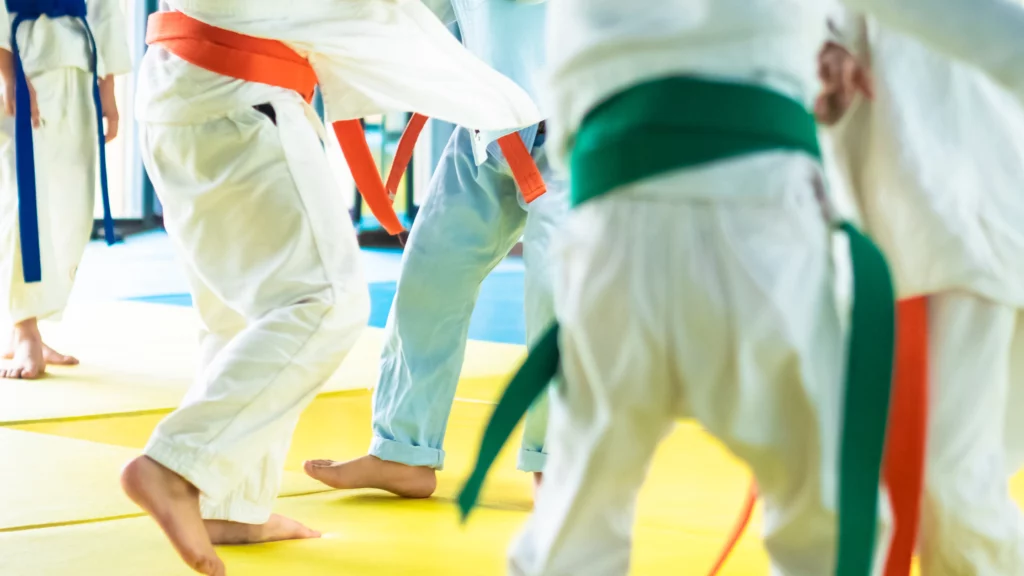
A well-structured training program is essential to progress in judo. Here is a sample weekly plan for different skill levels:
Beginners:
- Monday: Warm-up, falling techniques (ukemi), basic exercises.
- Wednesday: Strength training with light weights, practice of throwing techniques.
- Friday: Randori (light sparring), stretching and recovery sessions.
Intermediates:
- Monday: Warm-up, advanced throwing techniques, resistance exercises.
- Wednesday: Functional training, ground control techniques.
- Friday: Intense randori, flexibility and mobility exercises.
Advanced:
- Monday: Warm-up, specialized techniques, high intensity training.
- Wednesday: Weights and resistance, competition techniques.
- Friday: Competitive randori, race strategies, active recovery.
Following a training program helps improve your strength, agility and endurance, preparing you for competition and daily judo practice. For more details on training programs, you can consult the resources available at Italian Federation of Judo Wrestling Karate Martial Arts (FIJLKAM) And CONES.
Martial Arts (Judo, Karate, Taekwondo)
Martial arts require carpets with one minimum thickness of 3 cm up to 6 cm to ensure maximum shock absorption and prevent injuries during throws and falls. In training, it is also recommended to use mattresses with a minimum thickness of 20 cm that help beginners learn the correct postures in throws while still feeling safe.
Specific Exercises for Judo
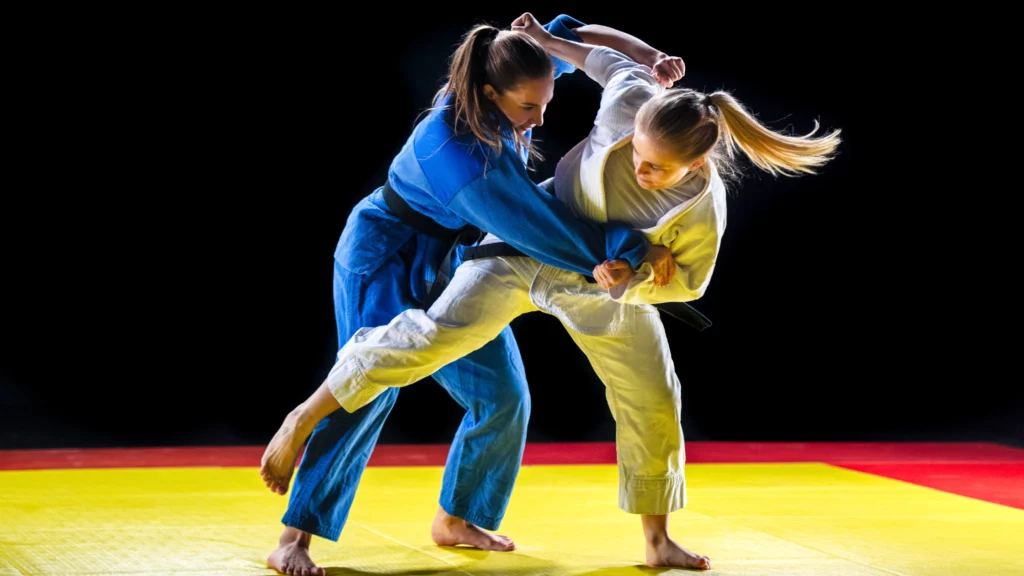
To improve your judo skills, it is important to include specific exercises in your training. Here are some of the most effective exercises:
Strength Exercises:
- Squats: They improve leg strength, which is essential for throws.
- Deadlift: They strengthen the back and core, which are essential for stability.
- Pull-ups: They increase arm and shoulder strength, which is useful for gripping.
Agility Exercises:
- Plyometric Box Jumps: They improve explosiveness and reactivity.
- Ladder Drills: They increase foot speed and coordination.
- Cone Drills: They improve agility and the ability to change direction.
Resistance Exercises:
- Circuit Training: Combine different exercises to keep your heart rate up.
- Interval Training: Alternate periods of high intensity with recovery to improve endurance.
- Running: Improves cardiovascular fitness and overall endurance.
Incorporating these exercises into your training program will help you improve strength, agility and endurance, making you a more complete judoka, and you will be able to have a complete judo preparation. Learn more about Judo-specific exercises.
Necessary Equipment for Judo Training
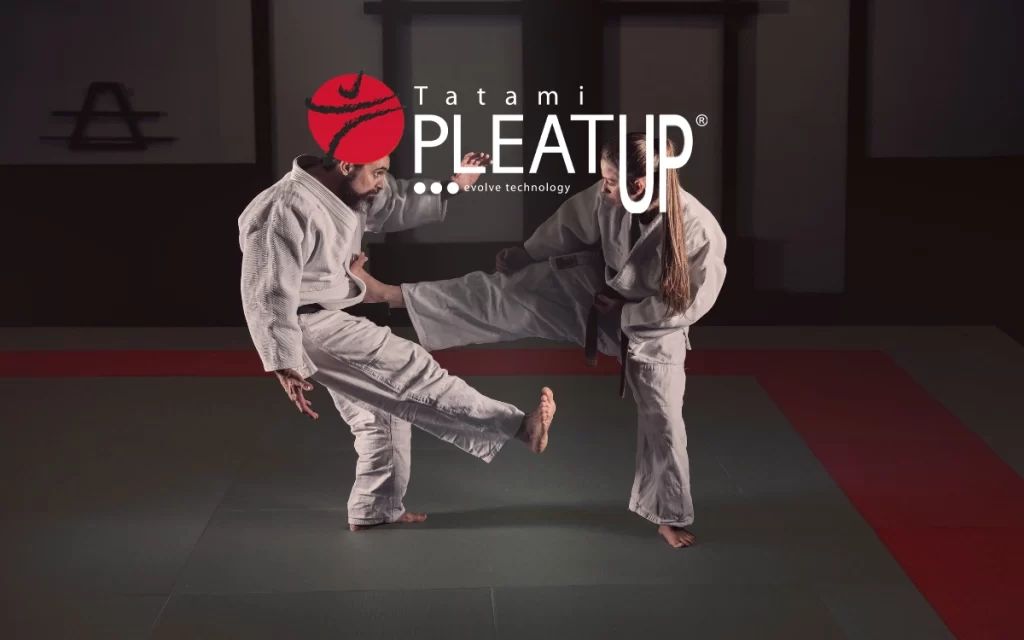
To train effectively in judo, you will need the right equipment. Here is an overview of the most useful equipment:
Tatamis:
The tatami is the mat used for judo training and competitions. It provides a safe and cushioned surface for falls and throws. Learn more about the history of tatami.
Training Dummies:
Used to practice throwing and pinning techniques without a partner. These dummies can be adjusted to simulate different types of opponents, allowing you to perfect your techniques safely.
Battle Ropes:
Ideal for improving core and arm strength and endurance. Battle ropes are especially useful for training explosive movements and muscular endurance.
Weights and Elastic Bands:
Used for strength and muscle endurance training. Free weights and elastic bands allow you to perform a wide range of exercises to strengthen the muscles used in judo.
Judo Jacket and Pants (Judogi):
Essential for any training, the judogi must be of good quality to withstand grips and throws. Make sure the judogi is approved by the federation for competition use.
For more information on the equipment needed and where to purchase it, see the section dedicated to tatami and martial arts.
Benefits of Judo
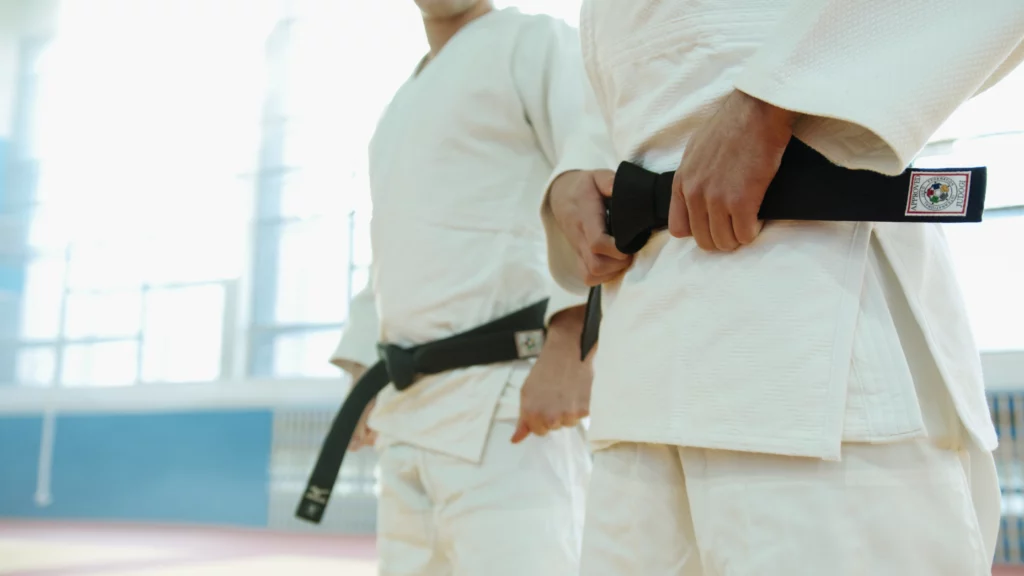
Practicing judo offers numerous benefits both physically and mentally. Here are some of the main advantages:
Improved Physical Condition:
Judo improves strength, endurance, flexibility and coordination. Through regular training, judokas develop a balanced and functional physique. Dynamic movements and throwing techniques require the use of almost all muscle groups, contributing to a complete body workout.
Developing Mental Discipline:
The practice of judo requires concentration, respect and self-discipline. These values are also reflected in daily life, helping to improve stress management and resilience. The philosophy of judo, based on the principles of respect and honor, fosters the development of a strong personal and professional ethic.
Social Benefits:
Judo is a community sport that promotes cooperation and mutual respect. Participating in training sessions and competitions provides the opportunity to make new friends and develop social skills. The dojo environment is often welcoming and inclusive, facilitating the integration of people of all ages and backgrounds.
Self defense:
Judo techniques are effective for self-defense, increasing self-confidence and safety. The skills learned in judo can be applied in real situations, improving the ability to protect oneself in case of need.
Improving Mental Health:
Judo practice helps reduce anxiety and depression. Exercise releases endorphins, known as the happy hormones, which help improve mood and overall well-being.
Cultural Integration:
Judo promotes understanding and appreciation of different cultures. Learning judo also means learning Japanese traditions and values, enriching your cultural background.
For further information on the benefits of judo, you can visit the website of Italian Federation of Judo Wrestling Karate Martial Arts (FIJLKAM) and the CONI website.
Tips and Resources to Improve Your Judo Skills

To become a better judoka, it is essential to follow some practical advice and take advantage of the available resources:
Practical Advice:
Train Regularly: Consistency is key. Try to train at least three times a week to maintain and improve your skills.
Take Care of Your Diet: A balanced diet rich in protein, complex carbohydrates and healthy fats is essential to support your training.
Hydrate Properly: Drinking enough water is crucial to maintaining physical and mental performance during training.
Rest and Recover: Rest is an integral part of training. Make sure you have recovery days to allow your muscles to regenerate.
Helpful Resources:
Books on Judo: There are numerous books that cover the techniques, philosophy, and history of judo. Some recommended titles include “Kodokan Judo” by Jigoro Kano and “Judo: A Comprehensive Guide to the Ways of Practice and Theory” by Neil Ohlenkamp.
Video Tutorial: YouTube is a great resource for judo tutorial videos. Channels like “Judo Basics” and “The Dojo” offer visual guides on techniques and workouts.
Online Courses: Platforms like Udemy and Coursera offer online courses taught by industry experts, which can help you deepen your knowledge and improve your skills.
Forums and Online Communities: Participating in judo forums and discussion groups can be very helpful. Communities like Reddit (r/judo) and martial arts-specific forums offer support, advice, and sharing of experiences between practitioners.
Judo Training FAQ
Judo improves strength, endurance, flexibility and coordination. It also promotes mental discipline, self-confidence and respect for others. Practicing judo can also help manage stress and improve mental health.
Judo techniques include holds, throws, joint locks, and pins. Examples include O-soto-gari (large outside swipe), Ippon seoi nage (full throw with shoulder grip), and Juji gatame (elbow lock). These techniques require practice and precision to be performed correctly.
A typical judo workout begins with a warm-up, followed by technique exercises, practice of landings (ukemi), and sparring sessions (randori). It concludes with stretching and a cool-down. Workouts vary in intensity and complexity depending on the level of the practitioner.
Judo trains a wide range of muscles including the legs, core, back and arms. It is especially effective for developing core strength and muscular endurance. Judo-specific exercises work the entire body, improving overall strength and coordination.
The time it takes to learn judo varies based on your commitment and frequency of training. It usually takes several months to learn the basics and years of practice to reach advanced levels. Progression in judo is marked by the belt system, which recognizes varying degrees of skill and knowledge.
Why Judo is a Complete Martial Art
Judo is much more than just a sport: it is a discipline that combines physical training, technical skills and moral values. By following a structured training program, integrating specific exercises and using the right equipment, you can improve your skills and benefit from the countless advantages that this martial art offers. Remember to take advantage of the resources available and remain constant in your commitment. Happy training!

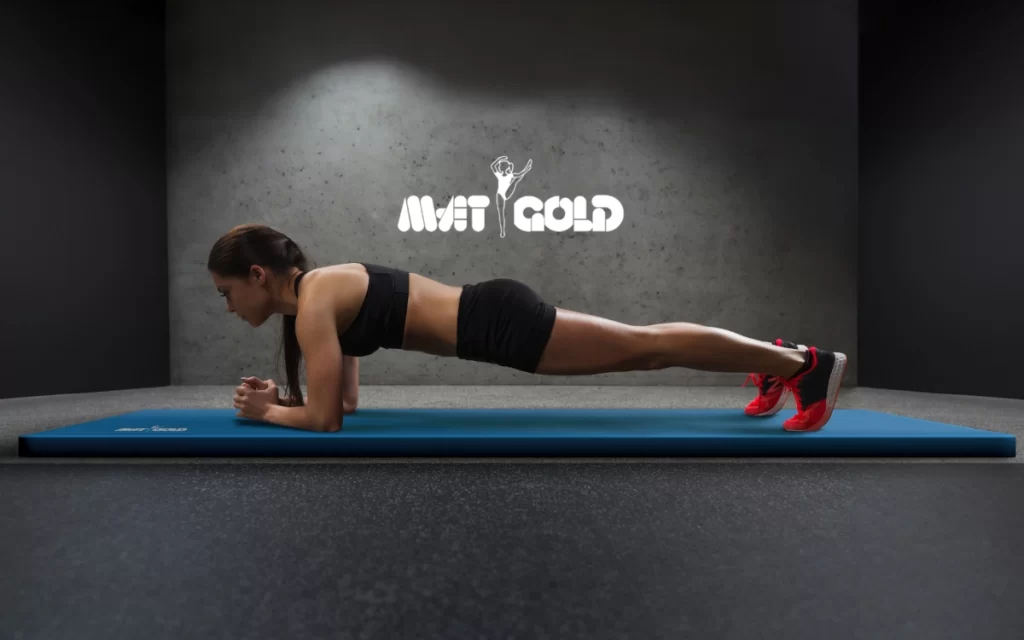


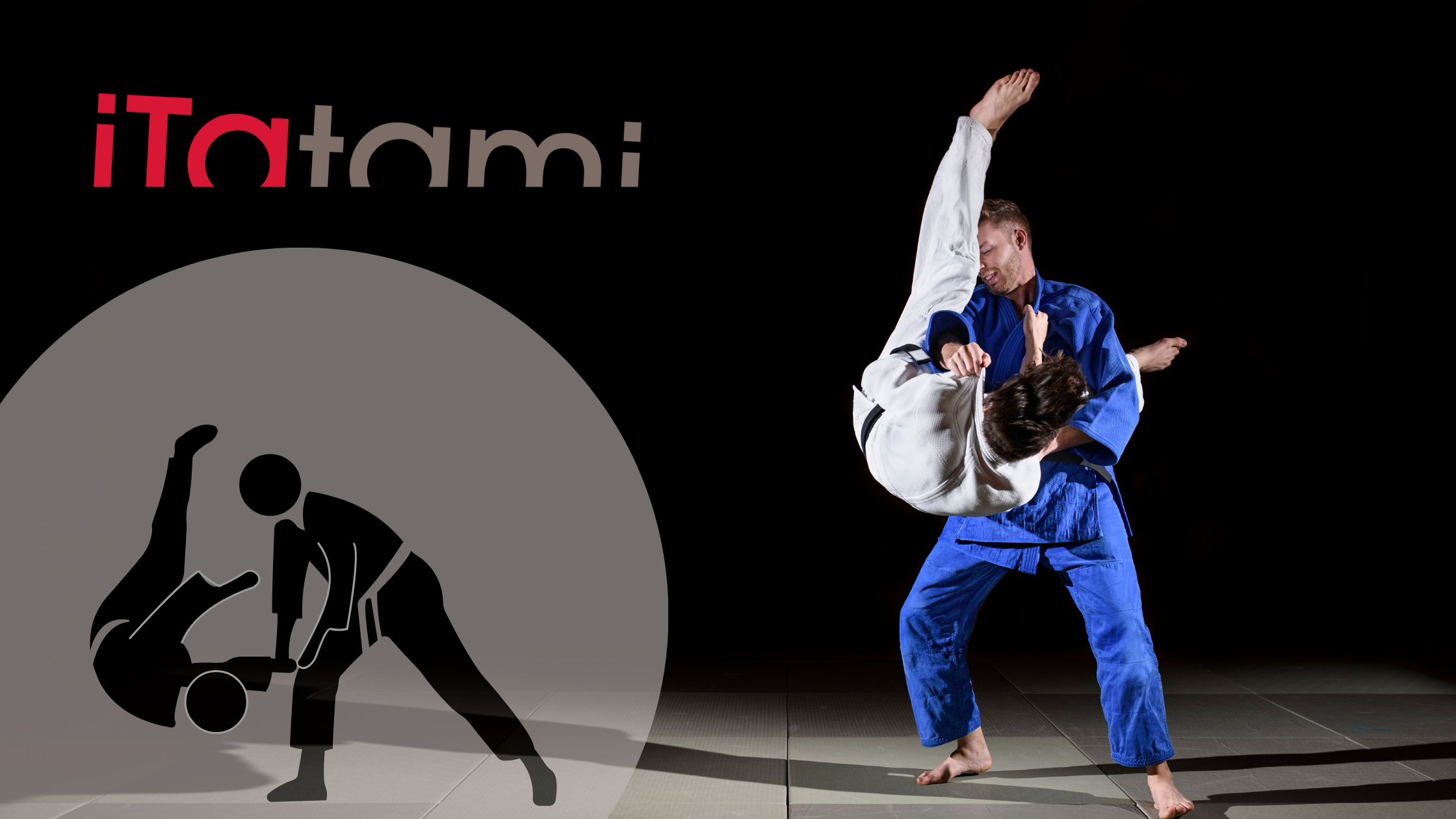
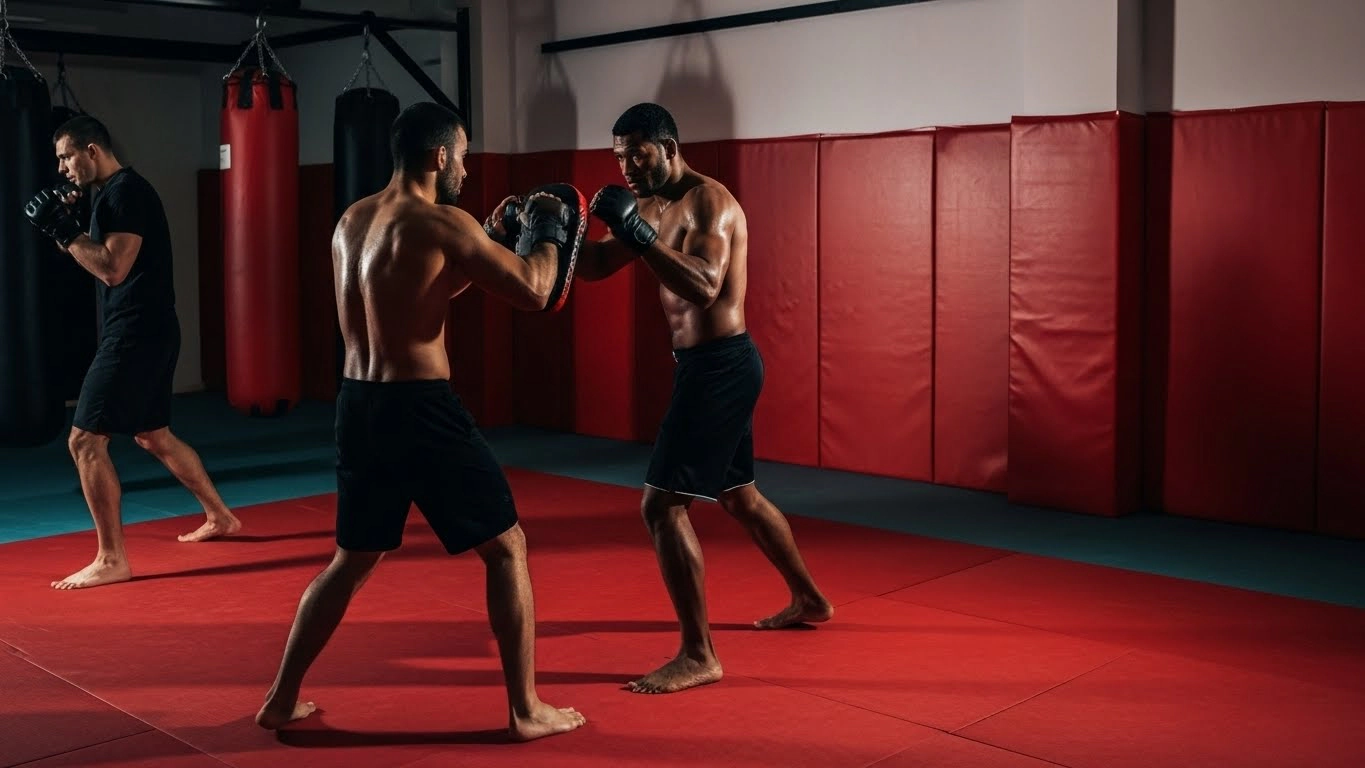

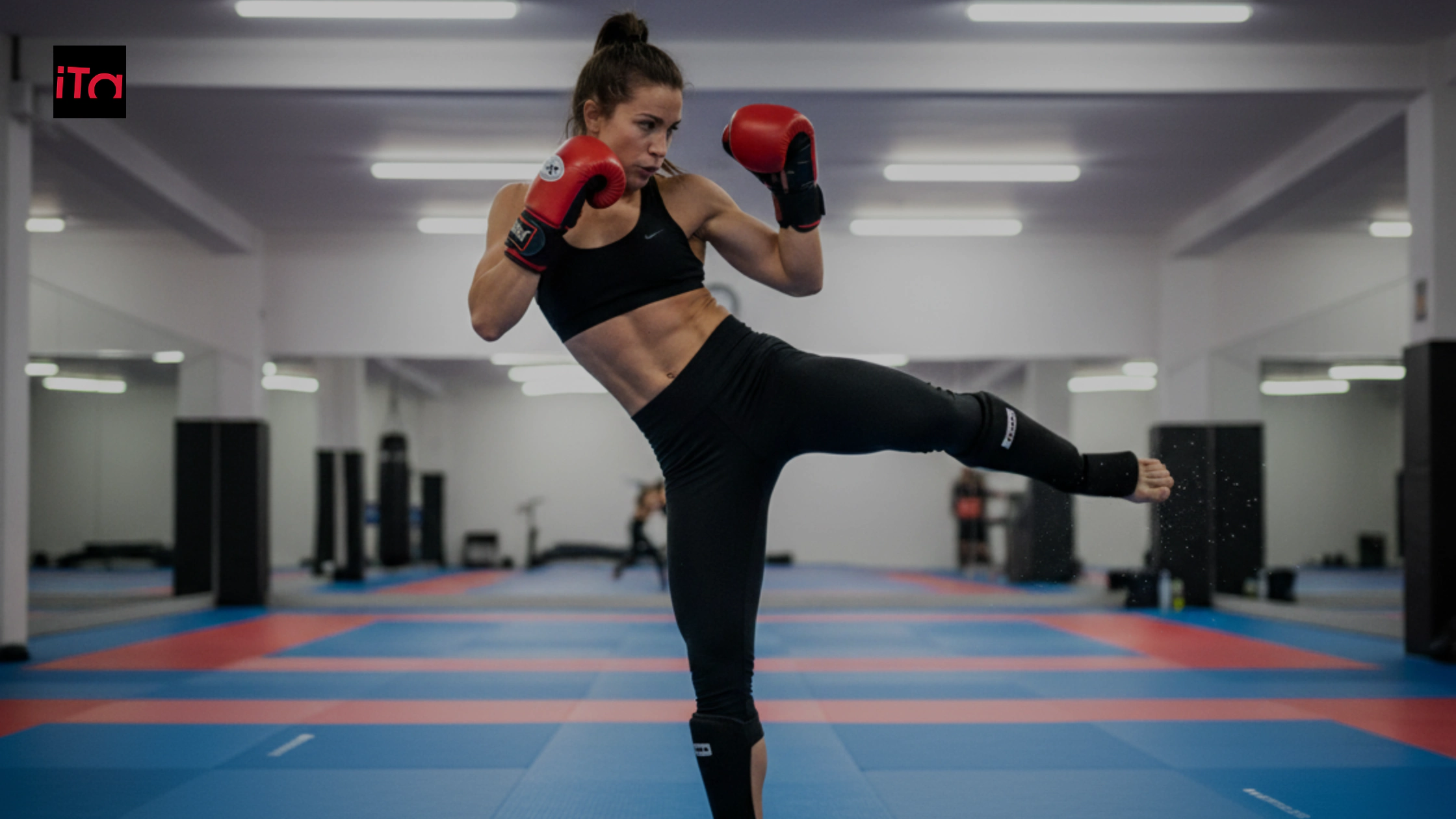
Simply want to say your article is as astonishing. The clarity in your post is simply cool and I could assume you are an expert on this subject. Fine with your permission allow me to grab your RSS feed to keep up to date with forthcoming post. Thanks a million and please continue the rewarding work.
Good day very nice blog!! Man .. Beautiful .. Amazing .. I'll bookmark your blog and take the feeds also…I'm satisfied to find so many useful information here in the put up, we need work out extra strategies in this regard, thank you for sharing. . . . . .